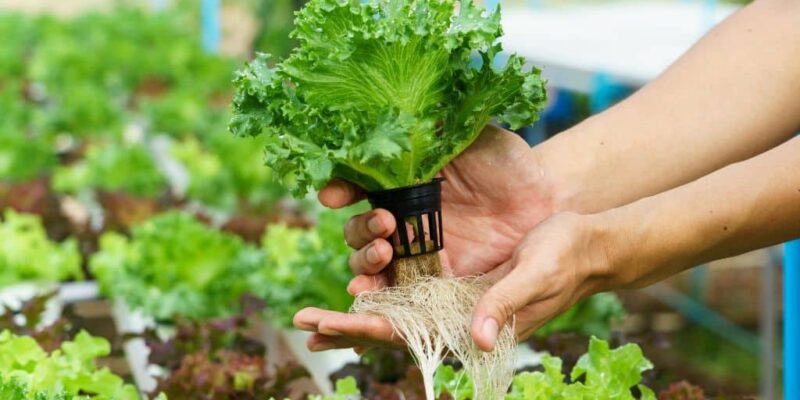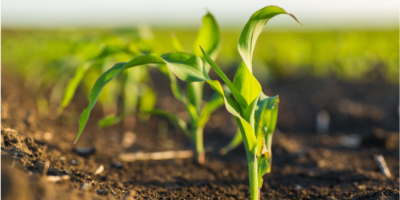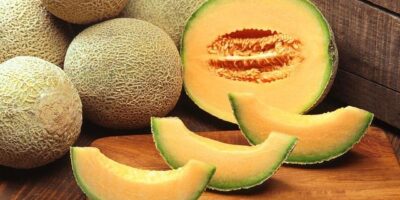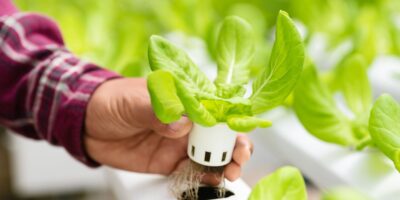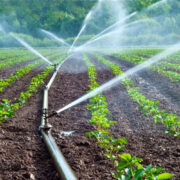Hydroponics Revolution: Agricultural Landscape in India, the future of hydroponics is bright, offering a promising solution to modern agricultural challenges. Traditional farming faces issues due to unpredictable weather and soil conditions, but hydroponics, a soil-less farming method, is emerging as a game-changer. Here, we explore how farmers can earn substantial income through hydroponic farming.
Challenges in Indian Agriculture:
India heavily relies on agriculture, contributing 18.3% to the GDP and employing 45.5% of the workforce in 2021-22. However, climate change threatens food security and employment. Erratic weather and poor soil quality are constant worries for farmers. To combat these challenges, technology is stepping in.
Also Read: Nature’s Air Purifiers: Transform Your Home with These Indoor Plants for Cleaner, Fresher Air
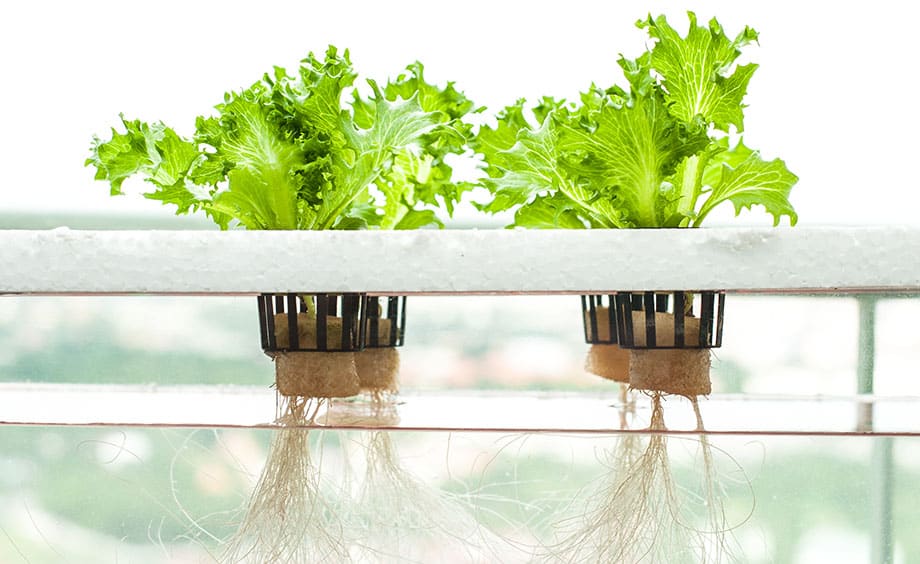
Hydroponics Cultivation
The Rise of Technology in Agriculture:
Various technologies are being adopted to counter unpredictable weather and increase crop yields while reducing chemical use. Controlled-environment agriculture (CEA) methods like hydroponics, vertical farming, the Nutrient Film Technique (NFT), the Internet of Things (IoT), and specialized greenhouses are gaining traction. Investors are increasingly interested in environmentally responsible and socially beneficial agricultural ventures.
Hydroponics’ Growth in India:
Hydroponic farming is thriving in India, thanks to advancing technology that lowers costs. This method thrives where traditional soil-based farming isn’t feasible, such as arid or cold regions. Hydroponics offers precise control over nutrient levels and pH, conserving water and reducing expenses. Increased oxygen to plant roots leads to faster growth and eliminates soil-related issues.
Benefits of Hydroponics:
Hydroponics delivers higher crop yields, eliminates the need for weeding and traditional cultivation, and allows crops like lettuce and strawberries to be elevated, improving working conditions and lowering labour costs. Crop rotation is unnecessary, and transplant shock risk is reduced.
Also Read: Mosquito Menace: Protecting Livestock and Crops with Effective Farm Mosquito Control Strategies
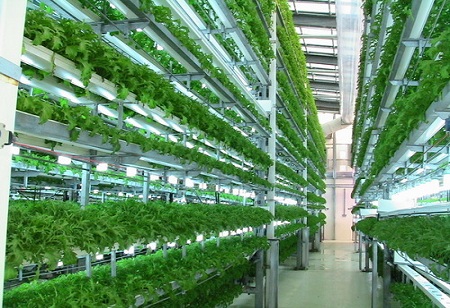
Hydroponics Cultivation
Understanding Hydroponics:
In hydroponics, plant roots are placed in a nutrient solution with aeration or a continuous flow of nutrients. Various mediums like coir, perlite, or wood fiber support plant growth. Controlled environments like greenhouses or indoor spaces provide precise control over factors like temperature and humidity. Hydroponics suits regions with specific characteristics:
Areas with water scarcity, as it’s water-efficient.
1. Rocky terrains where traditional farming isn’t possible.
2. Regions with poor soil fertility, as it doesn’t rely on fertile soil.
3. Locations with a demand for organic produce.
Earnings in Hydroponic Farming:
Setting up hydroponics costs between Rs 18,87,200 to 20,00,000, with a per-cycle cost of Rs 80,000. Experts suggest that a hydroponic farmer can yield 3200 kg on a 5000-square-foot area, valued at Rs 7,70,000. After deducting production costs, the profit in a cycle is Rs 6,90,000.
Growth Potential:
India’s hydroponic market is projected to grow at a Compound Annual Growth Rate (CAGR) of 13.53% from 2020 to 2027, surpassing the global industry’s growth rate of 6.8%. Urban areas and tier 1 cities show a significant demand for organic produce, driven by health-conscious consumers willing to pay more for fresh, safe, and organic products.
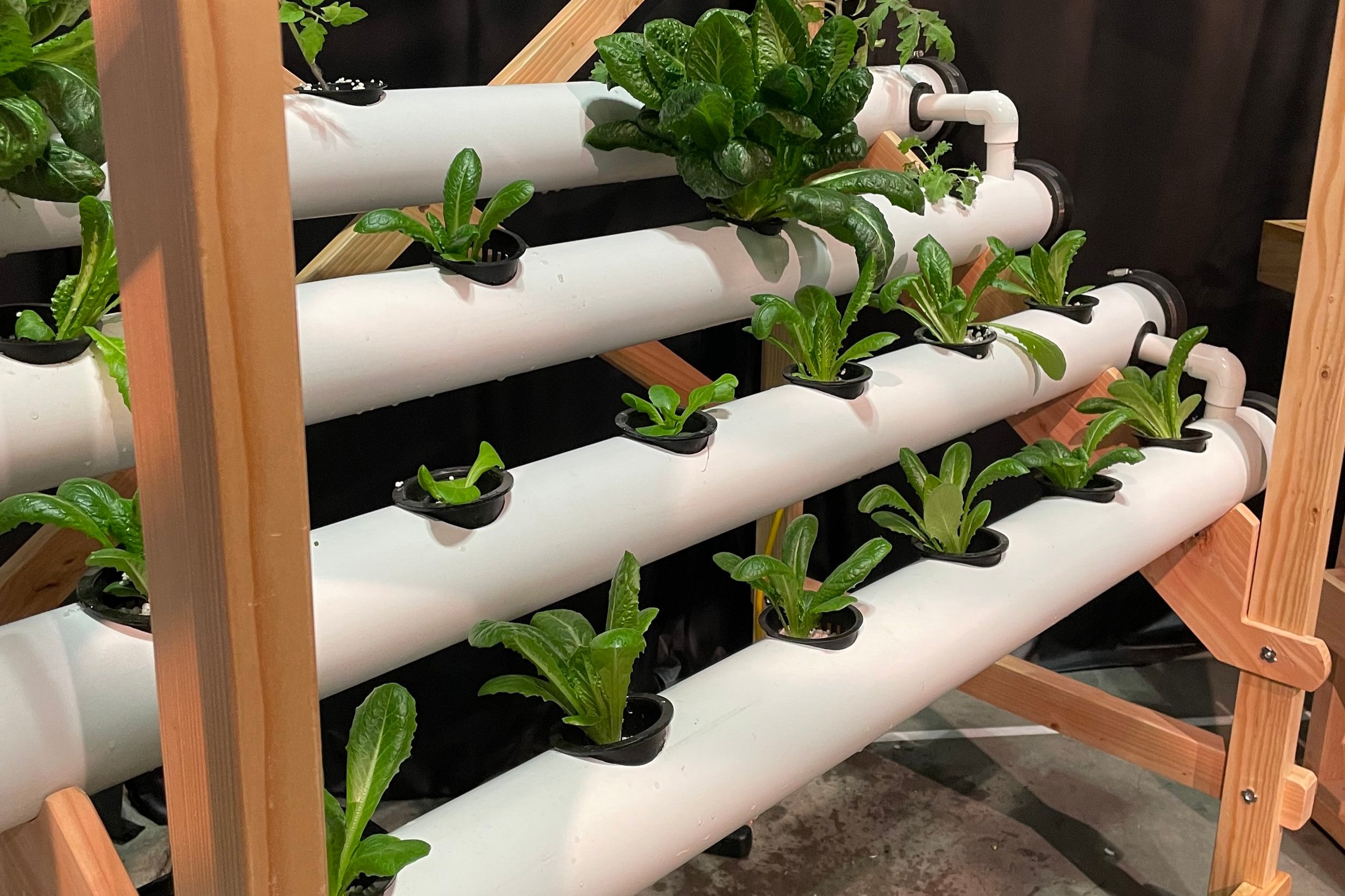
Hydroponics Cultivation
Government Support:
Government incentives at state and national levels are promoting hydroponic farming. As setup costs decrease, this method is poised to gain more popularity.
Challenges for Traditional Farmers:
While hydroponics offers numerous benefits, transitioning can be challenging for traditional farmers. Precise management of factors like temperature, humidity, pests, and nutrients is required, making it less forgiving compared to traditional farming.
Hydroponic farming presents an exciting opportunity for Indian agriculture. With technology, government support, and a growing demand for organic produce, hydroponics has the potential to revolutionize farming, ensuring food security and economic growth in the face of climate change.
Also Read: Silage Feeding: Elevating Livestock Health and Milk Production Through Silage Feed

